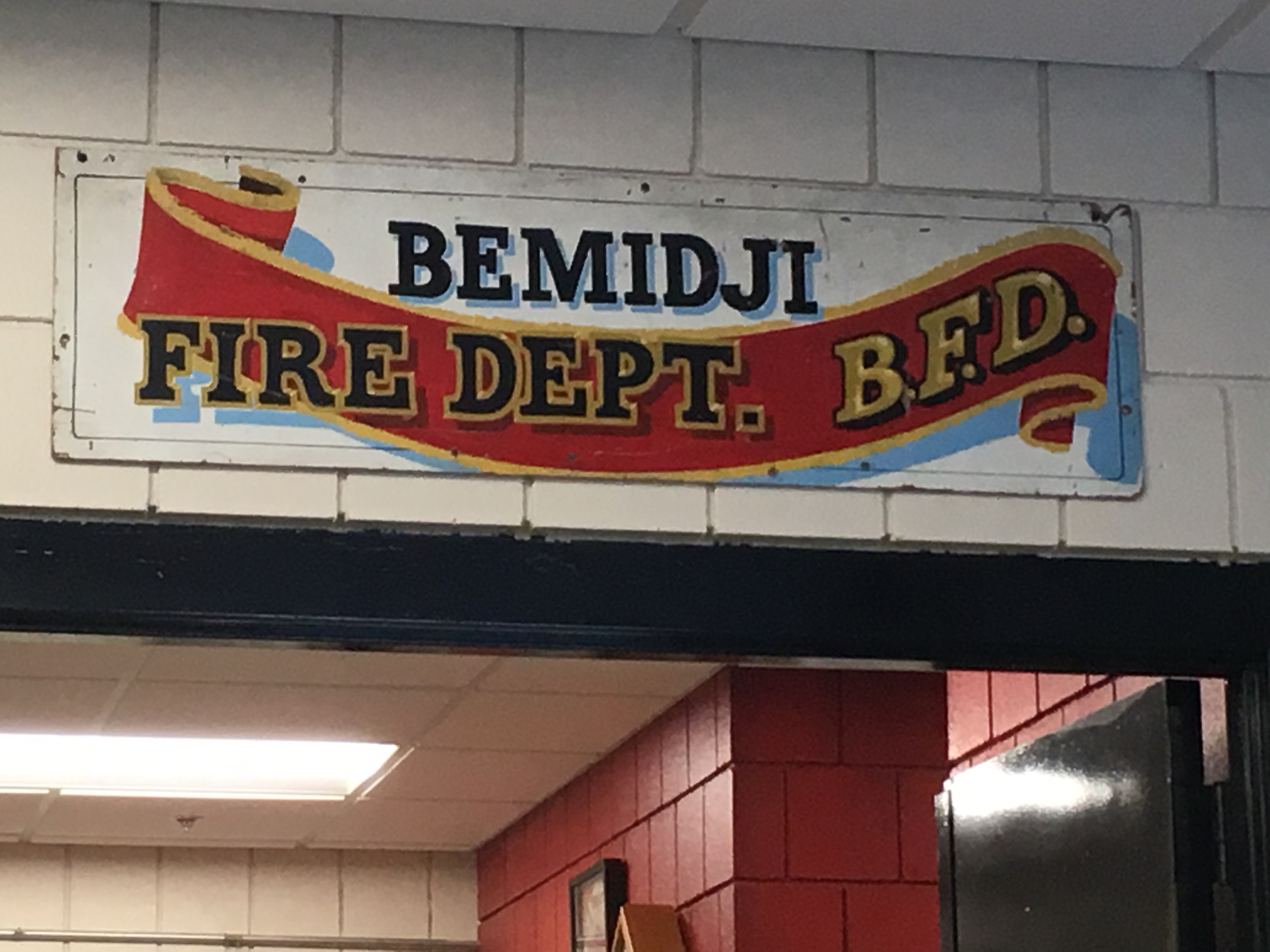
Bemidji, Minnesota
The beautiful and remote Northwoods of Minnesota draw year-round visitors, and the pace of new development in the Greater Bemidji Area is increasing rapidly as a result. Because communities are scattered throughout its forested environment, all development is considered part of the wildland-urban interface (WUI). The local fire personnel respond to hundreds of fires each year, all of which are started by human sources, and many of which threaten homes or other structures. Fires average just five acres and successful suppression response rates have created a sense of security in the Greater Bemidji Area.
But the area has not always been so fortunate. More than a century ago, one of Minnesota’s greatest disasters occurred in the north, burning more than 250,000 acres and killing 450 people. While no fire has since been as destructive, the Green Valley Fire in 2013 helped renew awareness of wildfire danger. Extreme weather conditions spurred the fire’s growth to more than 7,100 acres, destroying more than 50 structures. Fortunately, weather conditions changed before affecting Bemidji, but with traditional fire seasons starting earlier and lasting longer and new home development increasing, communities are on high alert for the risk of future disasters.
The CPAW team worked with the Greater Bemidji Area in 2016-2017. Among CPAW’s recommendations were that Bemidji adopt a Wildland-Urban Interface Code; expand capacity to educate, prevent and implement wildfire mitigation activities; and update the Greater Bemidji Area Plans to account for wildfire. In addition, CPAW recommended that Bemidji adopt a wildfire risk assessment as a decision-support tool for land use policies and regulations. As part of CPAW, the US Forest Service Rocky Mountain Research Station provided a wildfire risk assessment at the landscape and local levels, which can be viewed in this Story Map or in Appendix A of the recommendations.
The wildfire hazard maps have been extremely effective and have been integrated by Bemidji’s Northern Township and the City of Bemidji’s GIS Department, the Greater Bemidji Area Joint Planning Board, and the Bemidji Fire Department. There is an ongoing collaboration and sharing of data and maps between these municipalities and local, state, and federal agencies, allowing the information to be cross- referenced and easily accessible.
Examples of how these maps are being used as an important resource include:
- Determining the location of a new fire station based on potential fire risks;
- Focused wildfire mitigation efforts for Fire Department protected areas;
- Converting these maps into an app by the local GIS Department for ease of accessing data by all parties and the ability to update remotely;
- Incorporating and consulting these maps as part of all fire responses and for the training of new recruits.
As Fire Chief for the Bemidji area I know that we will have wildfires affecting our community. The most effective way to minimize this wildfire impact is through progressive fire prevention efforts. The CPAW program is a great example of collaboration between multiple agencies and will take our current fire prevention efforts to the next level. I have no doubt that this program will have a long term positive impacts on the Bemidji area.
David Hoefer – Fire Chief, City of Bemidji
Snapshot
- 2017 CPAW Community
- Population (Greater Bemidji Area): 25,000
- Growth Rate (2000-2015): 21%
- Fuel Type: Deciduous and conifer/deciduous mix, predominantly Jack and Norway Pine
Resources
- CPAW Recommendations for Bemidji
- Story Map with Wildfire Risk Assessment
- Greater Bemidji Area Joint Planning Board
- Bemidji Fire Department
- Lakeland Public Television spot about CPAW in Bemidji
The tools that the CPAW program offer have the potential to reduce wildfire risk in areas that affect wildfire response for the Bemidji Fire Department and DNR, and the DNR supports those efforts.
Joe Rucinski
Fire Team Leader – Bemidji Area, Minnesota DNR
